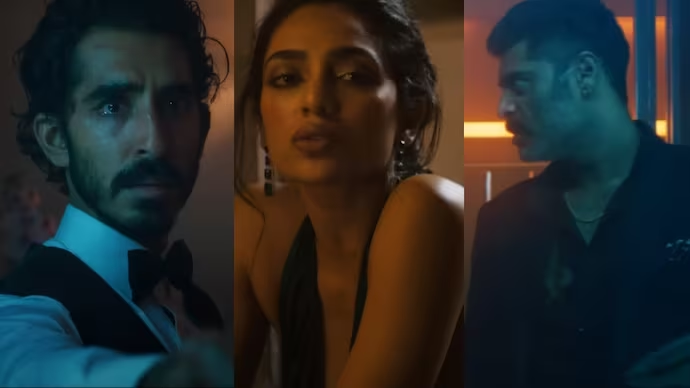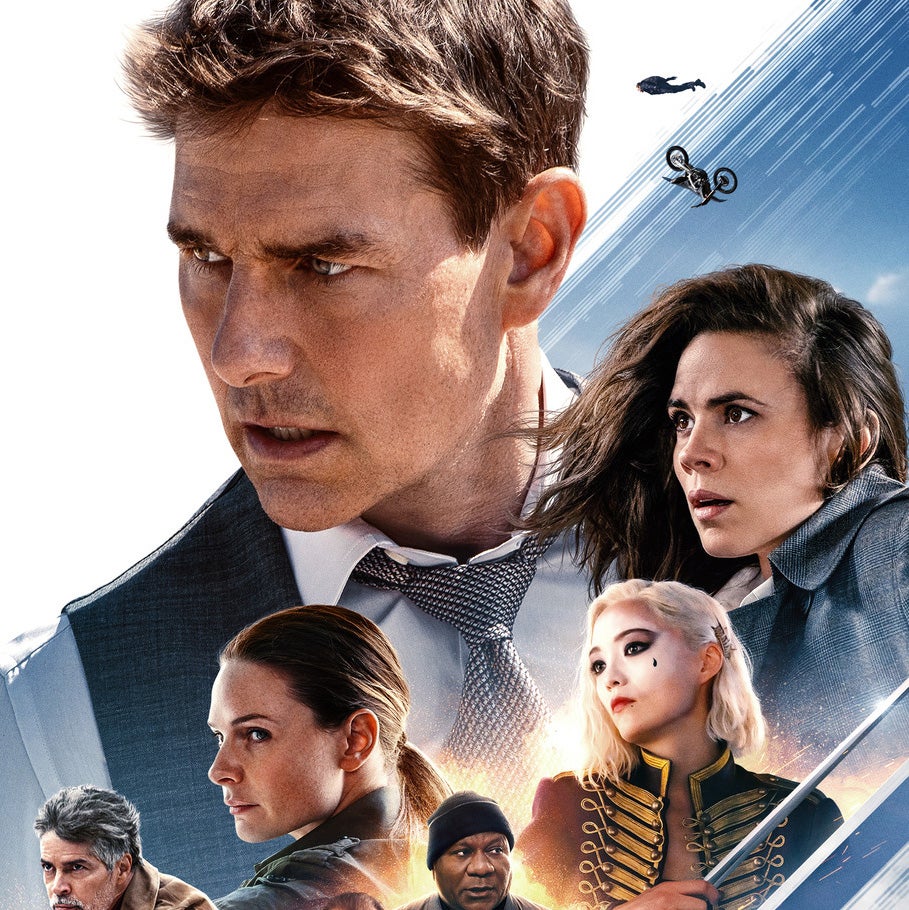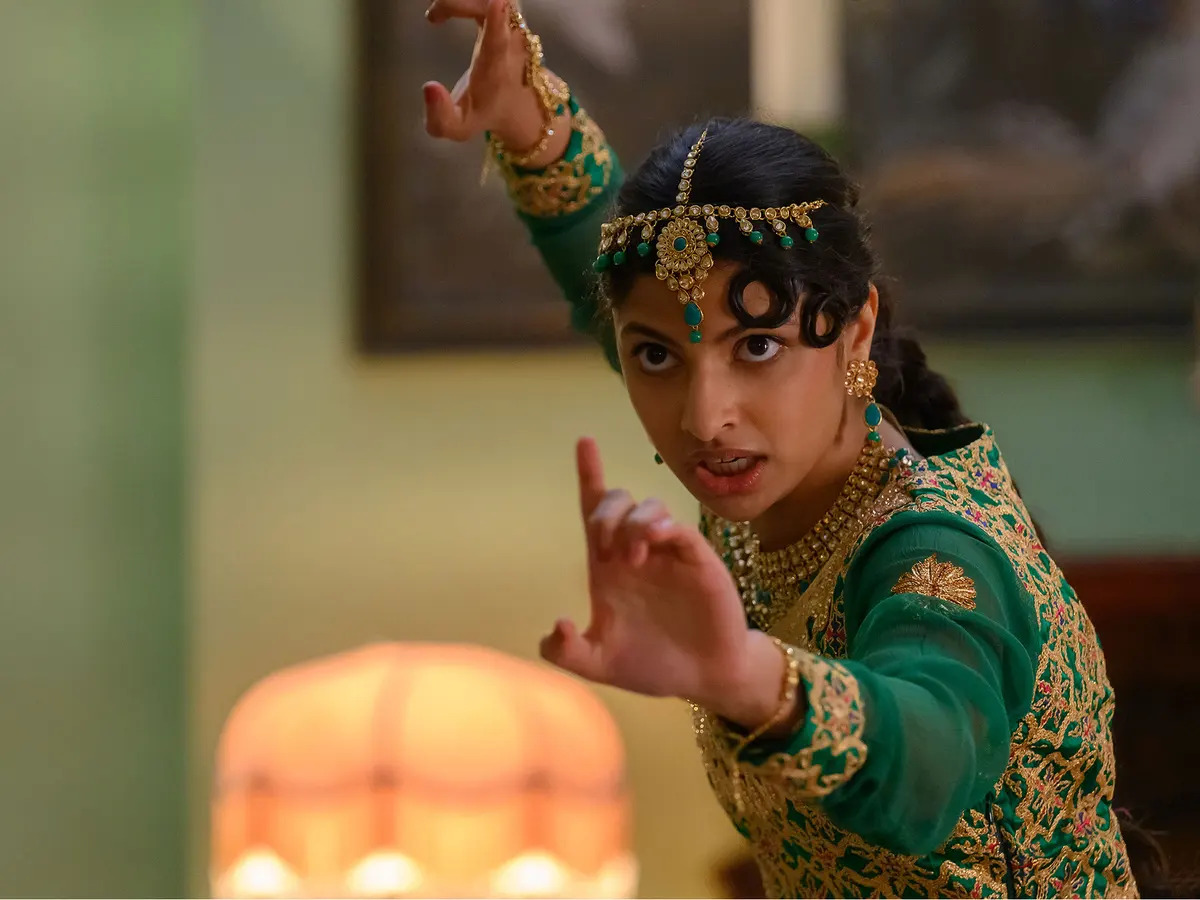Sullivan’s Travels
Posted on April 3, 2005 at 6:39 am
A+| Lowest Recommended Age: | 4th - 6th Grades |
| Profanity: | None |
| Nudity/ Sex: | Mild reference to casting couch |
| Alcohol/ Drugs: | Mild |
| Violence/ Scariness: | Fighting, hobo killed |
| Diversity Issues: | None |
| Date Released to Theaters: | 1941 |
“Sully” Sullivan (Joel McCrea) is a successful director of silly comedies, including Ants in Your Pants and Hey, Hey in the Hayloft. The studio wants him to make more, but he wants to make a movie with a serious message about The Depression and man’s inhumanity to man. He plans on calling it “0 Brother, Where Art Thou?”
When he lists all the things that are wrong with the world, the studio executive replies, “Maybe they’d like to forget that.” His own butler advises him that “the subject is not an interesting one. The poor know all about poverty, and only the morbid rich find the subject glamorous…. It is to be stayed away from, even for the purpose of study. It is to be shunned.” But Sullivan is determined.
Before he can make the movie, he has to see what life is like as a “bum.” His first efforts fail, as the luxurious studio trailer follows him around. He meets “the Girl” (Veronica Lake), a would-be actress, and she persuades him to let her go with him, dressed as a boy, and they start over again.
This time he discovers the sadness and lack of dignity among the homeless. But before he can go back home, he and the Girl are separated, and he is hit on the head, becomes disoriented, and loses his memory. He punches a railroad guard and is sentenced to six years on a chain gang. Meanwhile, the hobo who has stolen his shoes is killed and, through the studio identification card sewn into the shoes, is identified as Sullivan. One night, the prisoners are taken to a small church, where they see a Mickey Mouse cartoon. Sullivan realizes the joy laughter gives to these men who have nothing else.
When Sullivan regains his memory, he gets out of jail by “confessing” to his own murder so he can contact his lawyer and be properly identified. He goes home to find that his wife has remarried, leaving him free to marry the Girl. And he resolves to make more funny movies, because he realizes that is the best contribution he can make, concluding, “There’s a lot to be said for making people laugh. Did you know that’s all that some people have? It isn’t much, but it’s better than nothing in this cock-eyed caravan.”
Sensitive teenagers often make the mistake of thinking they cannot care deeply and still find things funny, or that those around them cannot appreciate their pain and still find anything funny, even something that has no relation to the situation they are struggling with. This movie makes it clear that laughter and insight go together, that humor is never an insult to a serious situation, indeed that humor can be the highest form of awareness and perception, and that making people laugh can be a good way to help them.
Sullivan himself is funny, with his pretensions and his misguided attempts to find out what poverty is like.
Families who see this movie should talk about why Sullivan wants to make a different kind of movie? Why don’t the studio executives want him to? How do they try to persuade him? What is the difference between the ways that the two servants try to find out how Sullivan can board the train? Why does the second one work? What does the Girl mean when she says, “The nice thing about buying food for a man is that you don’t have to laugh at his jokes”? What does Sullivan learn from the Mickey Mouse cartoon? Do you think this is the kind of movie Sullivan would make when he gets back to the studio?
Families who enjoy this movie will also enjoy other movies by Sturges, especially The Lady Eve. The title of the Cohen brothers’ movie, Oh Brother, Where Art Thou was a tribute to Sturges.






